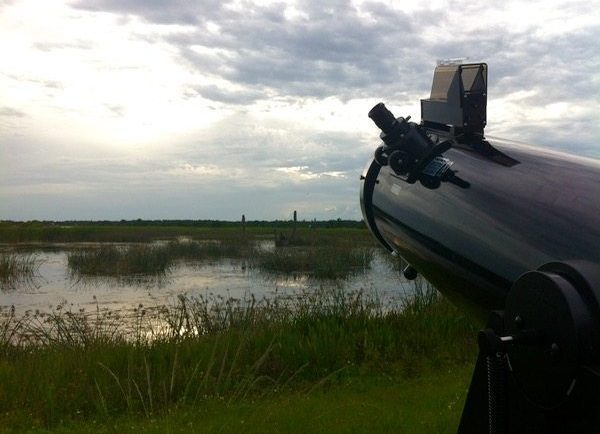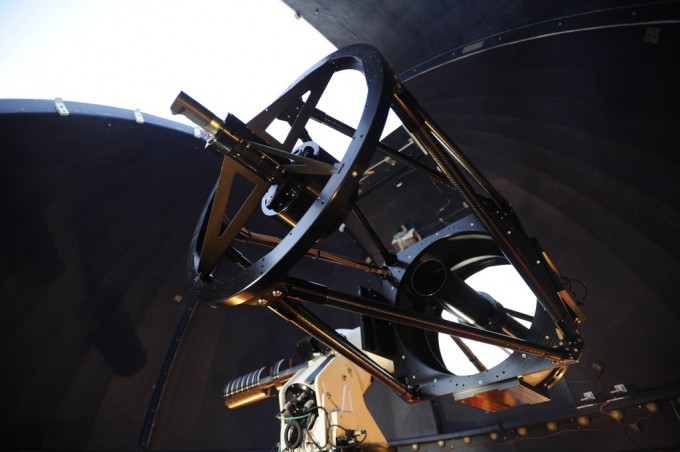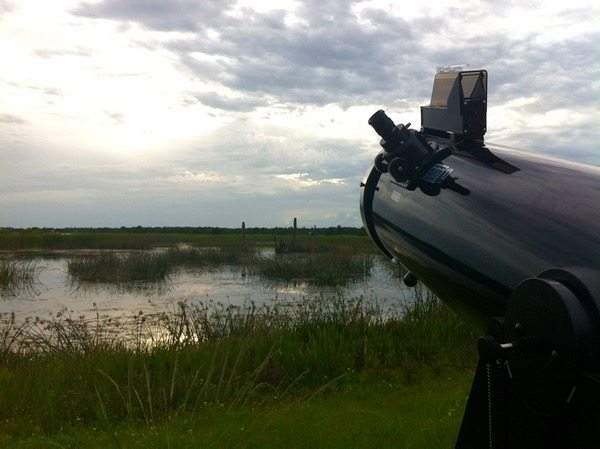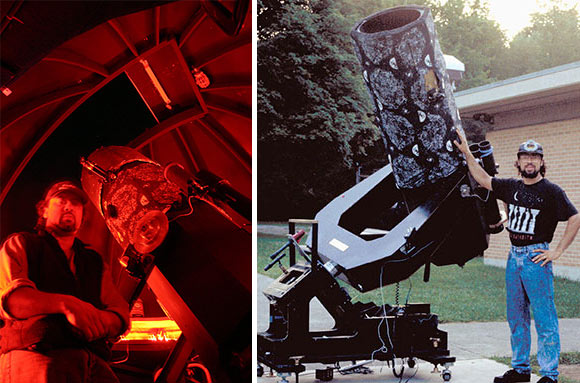
The first astronomers used the naked eye to track the movements of the stars and planets. Spyglasses brought the heavens closer and the surface of the moon became clearer. Telescopes made it possible to see objects unimaginably far away and even revealed new planets. Now, instruments like the Celestron computerized telescopes guide themselves to points in the sky to make it easy to view celestial objects.
Choosing a Telescope

Computerized telescopes have many benefits for beginners. For one thing, they make it easier to find objects quickly — a definite plus for winter stargazers! You can go with a refractor or reflector telescope without a computerized component. However, it takes longer to learn how to use them.
According to Sky and Telescope, computerized or “go-to” telescopes ask for your geographic position or nearest city, as well as the date and time of the observing session. This helps the onboard computer pinpoint objects for you to observe.
Computer or No Computer?
High-tech telescopes have a computer installed in the mount. The computer locates objects that you wish to view. This is important for amateur astronomers who move around from place to place to witness astronomical events. It’s also convenient for beginners who struggle to find hundreds of objects visible with a small telescope.
With a computerized telescope, you can quickly view objects and familiarize yourself with the local starscape. It doesn’t take an astrophysicist to figure out these user-friendly instruments. If the skies above your home have a lot of light pollution, a computer telescope makes it easier to find the planet, star or galaxy you are looking for.
Also, motivated beginners use their computerized telescopes to learn astronomy. The computer acts as a teaching tool, not a crutch, so you can learn faster.
How Go-To Telescopes Work

Computerized telescopes have different options. They come to you pre-aligned. When you power on the telescope, the computer prompts you for the latitude, longitude, date and time. Alternately, the computer may have GSP built in the telescope. The mount controller may also have a real-time clock.
Depending on the model you get, other options may be packaged in. The more options available, the higher the starting price may be. Remember to choose a large telescope for greater magnification, as the computer doesn’t impact visibility.
Other Considerations

Computerized telescopes cost a lot more than optical telescopes. This adds to the cost considerably, particularly if you are looking for a large telescope. This may mean saving longer to start your star sleuthing in order to get the best telescope you can afford.
It helps if you are ready with computers, in case you have a software issue, which may occur rarely. However, many amateur astronomers highly value their high-tech telescope for the easy setup and no-miss viewing they make possible.



